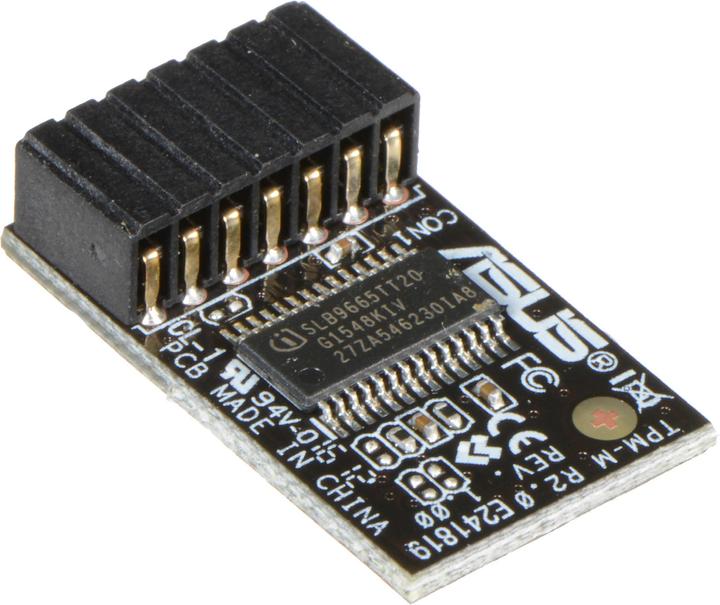
ASUS TPM-M R2.0 Module
ATX

ASUS TPM-M R2.0 Module
ATX
Why are the ASUS TPM modules sold out everywhere and why are they no longer supplied?
Actually, there is no need for motherboard TPM modules for Windows 11, the news got the scalpers going and modules were ordered like crazy. Intel had already built a TPM 2.0 solution into selected CPUs in 2013, which you just have to activate. AMD has also solved it this way.
The TPM 2.0 function integrated in the chip can be activated in the BIOS of Intel CPUs, which should be called PTT. And with an AMD CPU, this function is called fTPM. Simply switch it on and save it.
Since yesterday, the Asus TPM-M R2.0 modules can be ordered again. However, the delivery date between Tue 3.1.2023 and Mon 30.1. 2023 is astonishing. That would be in 1 1/4 years. I'm beginning to doubt their common sense, or is Digitec doing extra business with the current hype?
I have been using WIN11 (WIN Insider) for weeks without any problems and have not installed a TPM module although the MB has a slot for it. I have not changed anything in the BIOS. Despite this, my WIN11 preview "hangs" without any problems or crashes. . . I use the ASUS MB Z390 with an I9_9900. I'm still puzzling over the alleged minimum requirement of "TPM 2"!
And for what reason do you need one? Also for Windows 11 which could be the reason they are sold out?
Until now, there have been few applications for a TPM module. There was hardly any need for it, especially in the home-built computers where this module is used. That's why it was only an optional component.
And now with the Windows 11 beta, there was suddenly a lot of hype. Presumably the buyers and producers were taken completely by surprise and the small amount of stock was quickly gone. And in view of the current supply problems, subsequent production is likely to have a low priority.